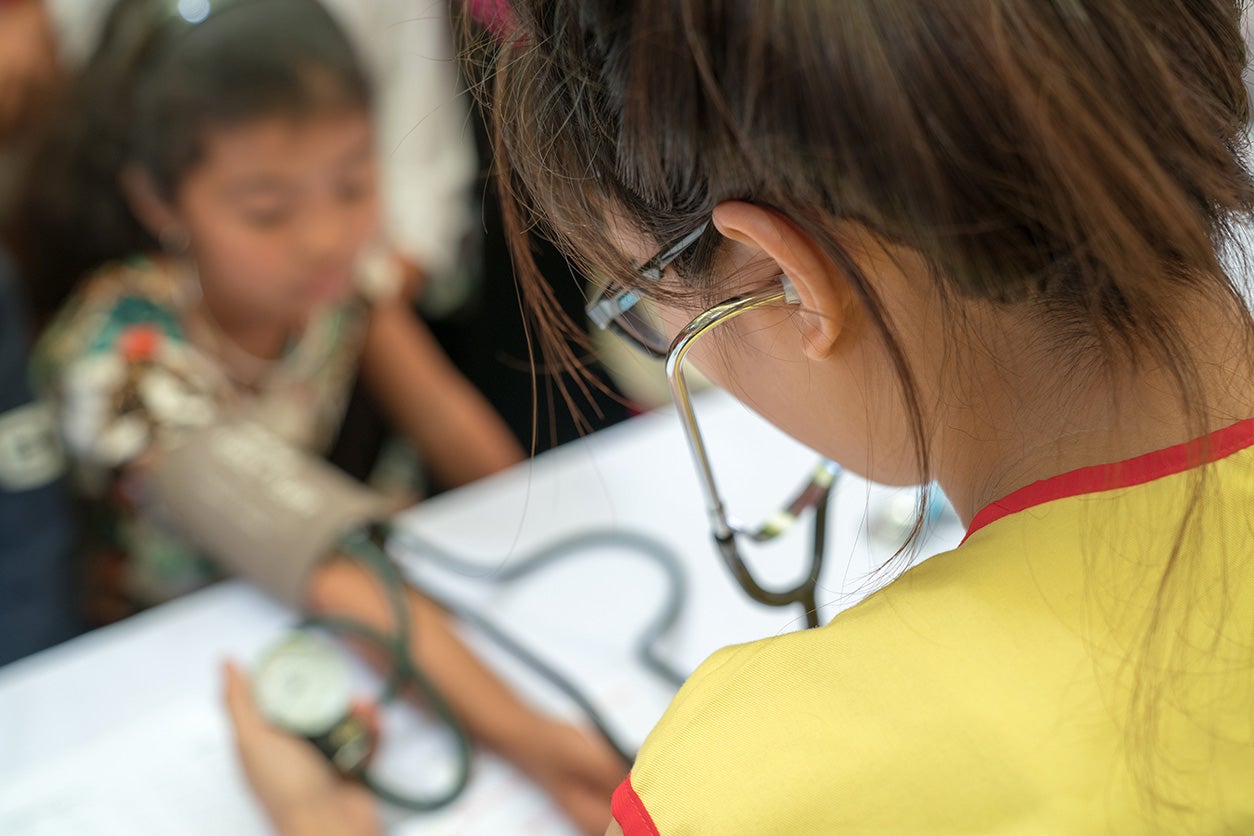COVID-19 has laid bare the importance of assessing the health risks and impacts of development projects. All projects, in one way or another, must now consider the risks posed by the pandemic. Whether it is because protocols must be put in place to prevent large-scale spread, for example, in worker camps, or because a sick workforce may lead to significant delays, considering the risk factor posed by the coronavirus has become essential.
Yet, screening for health risks and mitigating and monitoring health impacts should not stop at COVID-19, nor at preparing ourselves for the next pandemic. We have the opportunity to broaden the scope of our approach and think about how our development interventions impact health and potentially exacerbate existing health risks.
Health impact assessment in the new ESPF
With its new Environmental and Social Policy Framework (ESPF), the IDB aligned its standards with the best practices in the industry. This includes a renewed approach to identifying and mitigating project-related health risks and impacts through its Environmental and Social Performance Standard 4 (ESPS 4) on Community Health, Safety and Security.
What does this entail? For an infrastructure project, for instance, it might involve thinking about whether the project involves the creation of standing water of any kind, which may attract mosquitoes that are vectors for dengue, malaria, zika or chikungunya. It may also mean reflecting on how the influx of migrant workers may expose local communities to contagious or sexually transmitted diseases.
ESPS 4 also invites us to consider the social determinants of health. For example, in a resettlement process, the project-affected people’s vulnerability, including characteristics such as age, gender, disability and socioeconomic status, can put them at risk of adverse health outcomes in their new housing. Will they have good access to health care and health education? Will the intervention exacerbate their predisposition to health conditions?
Managing pandemics and beyond
While the explicit inclusion of pandemics and epidemics in the ESPF puts the IDB at the vanguard of health risk management and reflects a practical understanding of today’s world, the reality is that ESPS 4 is about much more than that. Risks to community health may also derive from the availability of resources on which communities depend and on how a project may impact this availability. Projects should seek to avoid adverse impacts on provisioning ecosystem services; besides affecting environmental sustainability, project interventions may also reduce the availability of vital resources, including fresh water, land, energy, food and medicine, among others. ESPS 4 also requires thinking about the stress that increased utilization of services during the operational life of the project may create on existing healthcare systems and sanitation and waste management infrastructure.
Other sources of health risks include the potential for the community to be exposed to hazardous materials and substances that may be released by the project. These may include explosives, toxic or flammable materials, chemical fertilizers, pesticides, hospital and pharmaceutical waste, among many others.
Finally, water-related diseases (water-borne, water-based, and vector-borne), communicable diseases, including those that are sexually transmitted, and exposure to safety considerations of the infrastructure and equipment itself are all encompassed in this very comprehensive performance standard.

A cross-cutting topic
Formally assessing and mitigating health risks and impacts related to projects is the focus of ESPS 4, but it inevitably touches upon the requirements of other performance standards. For instance, climate change can increase the risk of pandemics and epidemics by altering habitats and the conditions under which pathogens and vectors of zoonotic diseases can proliferate. A project may increase the vulnerability of communities to intense rain and extreme weather events or their exposure to breeding sites for mosquitos or sources of contaminated drinking water.
Health assessment also makes reference to occupational health and safety requirements for workers, which are covered by ESPS 2; avoiding impacts on human health due to pollution, which is covered in ESPS 3; and addressing sexual and gender-based violence risks in instances of communal conflict and influxes of outside workers, included in ESPS 9. In fact, during the screening and evaluation process, health risks can be considered as part of the environmental and social impact assessment, analyzed holistically in the context where the project will take place and brought up as a discussion topic during stakeholder engagement, as perceived impacts by the community are a valuable source of information. In some cases, where the risks are deemed significant, the project could merit a standalone health impact assessment.
When identified, health risks and impacts should be treated according to the mitigation hierarchy. That is, the priority should be on avoiding impacts at all costs. If avoiding them is not possible, then we must work to minimize them, restore (or improve) the health conditions for the community and, finally, compensate for any unavoidable impacts. Our stronger focus on health impact assessment will help us support projects that are more sustainable, that create net positive benefits and that are able to respond to a constantly evolving global health context.


Leave a Reply